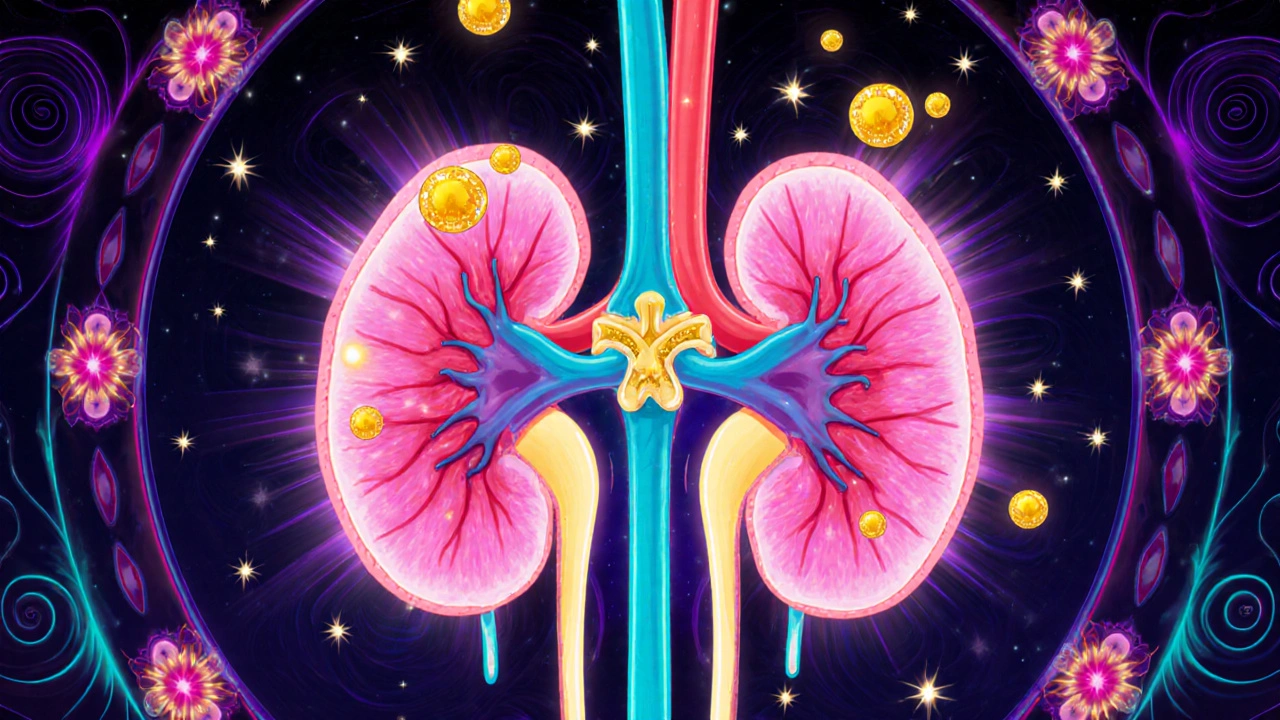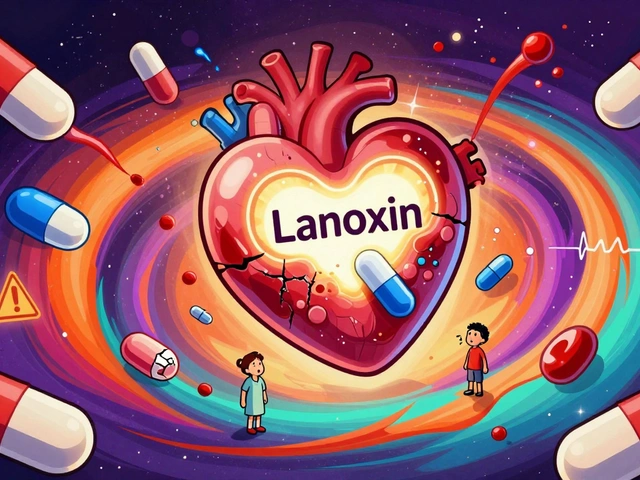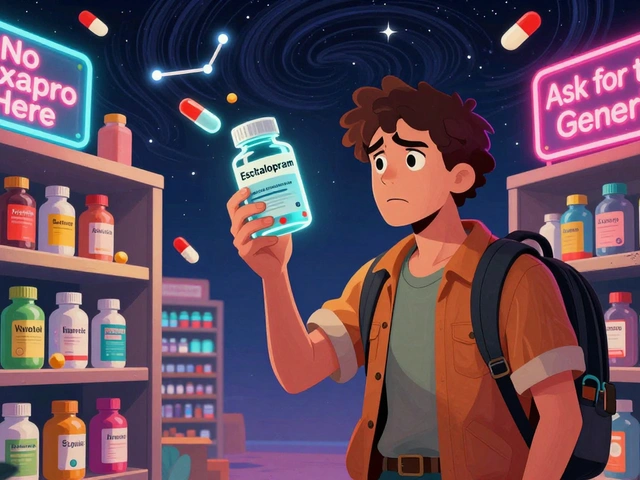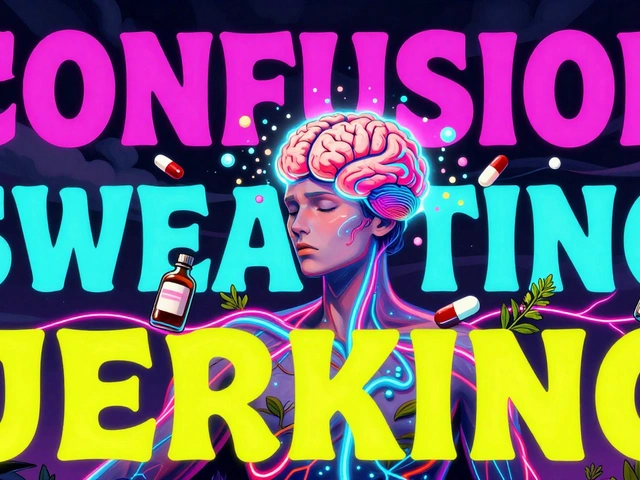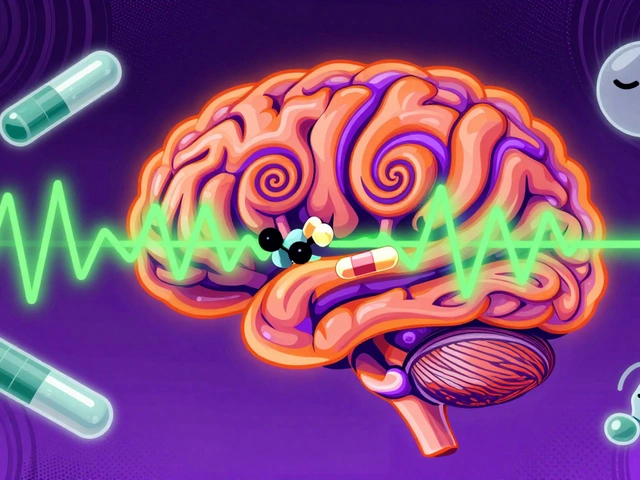Empagliflozin: What It Is, How It Works, and What You Need to Know
When you hear empagliflozin, a prescription medication used to lower blood sugar in adults with type 2 diabetes. Also known as Jardiance, it doesn’t just help control glucose—it’s one of the few drugs proven to reduce the risk of heart failure and slow kidney damage in people with diabetes. This isn’t your typical sugar-lowering pill. While most diabetes drugs focus only on insulin or glucose, empagliflozin works by making your kidneys flush out extra sugar through urine. That’s why it’s called an SGLT2 inhibitor—it blocks a specific transporter in your kidneys that normally reabsorbs sugar back into your blood.
What makes empagliflozin stand out is what it does beyond blood sugar. Large studies, like the EMPA-REG OUTCOME trial, showed people taking it had fewer heart attacks, hospital stays for heart failure, and slower decline in kidney function. That’s why doctors now prescribe it not just for diabetes, but also for heart failure—even if you don’t have diabetes. It’s also used in patients with chronic kidney disease to delay the need for dialysis. This shift in use is huge. It’s no longer just a diabetes drug. It’s a protective tool for your heart and kidneys.
Related to this are other SGLT2 inhibitors like dapagliflozin and canagliflozin, which work the same way but may differ slightly in side effects or dosing. If you’re on one of these, you’re likely familiar with increased urination, dry mouth, or a higher risk of yeast infections. These aren’t scary, but they’re real. You need to stay hydrated and watch for signs of infection. It’s also not for everyone—people with severe kidney problems or those prone to dehydration should avoid it. Your doctor will check your kidney function before starting you on it.
Empagliflozin is often part of a bigger plan. People using it are usually also managing their diet, walking more, checking blood sugar, and sometimes taking metformin or other meds. It’s not a magic pill, but it’s one of the most studied and trusted options for long-term protection. If you’ve been told your heart or kidneys are at risk because of diabetes, empagliflozin might be part of the solution—not just to lower sugar, but to keep you alive and active longer.
Below, you’ll find real-world guides and comparisons that dig into how empagliflozin fits into daily life, how it compares to other treatments, and what patients actually experience when using it. Whether you’re newly prescribed or just trying to understand your options, these posts give you the practical, no-fluff details you need.
SGLT2 Inhibitors for Type 2 Diabetes: How They Protect Your Heart and Kidneys
SGLT2 inhibitors like Jardiance and Farxiga do more than lower blood sugar-they protect the heart and kidneys in people with type 2 diabetes. Learn how these drugs work, who benefits most, and what risks to watch for.
